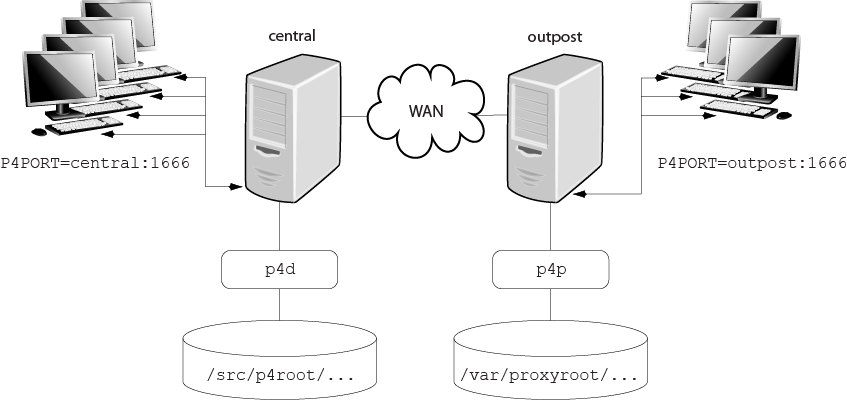
nodosus has been hindered by a lack of genetic tools, but we have now developed methods for the genetic manipulation of D. Until recently, the molecular analysis of D. The virulence of an individual strain depends on factors such as its type IV fimbriae, extracellular serine proteases, and potentially on two genomic regions, the virulence-related locus ( vrl) and the virulence-associated protein ( vap) regions, that are preferentially associated with virulence ( 7, 34).


The three recognized forms of the disease, virulent, intermediate, and benign, differ in their clinical pathologies, with less virulent isolates causing a lower percentage of severe lesions under optimal climatic conditions ( 54). Ovine footrot is a debilitating disease that results in the hoof separating from the underlying soft tissue, leading to lameness, loss of condition, and reduced wool growth. nodosus the Fur protein functions as a regulator of iron and oxidative metabolism.ĭichelobacter nodosus is a fastidious gram-negative anaerobe that is the causative agent of footrot in sheep, goats, and other ruminants. Based on these data, it is suggested that in D. Down-regulated proteins included a putative manganese superoxide dismutase and ornithine decarboxylase. Proteins with increased expression in the fur mutant were homologues of the periplasmic iron binding protein YfeA and a cobalt chelatase, CbiK. The transcriptional basis of these differences was analyzed by using quantitative reverse transcriptase PCR. Analysis of proteins from cytoplasmic, membrane, and extracellular fractions revealed numerous differentially expressed proteins. However, we determined several Fur regulatory targets by two-dimensional gel electrophoresis coupled with mass spectrometry. Analysis of these mutants by various techniques did not indicate any significant differences in the expression of known virulence genes or in iron-dependent growth. nodosus indicated that the fur gene was present in all of these strains, the fur gene was insertionally inactivated to determine its functional role. As Southern hybridization analysis of different clinical isolates of D. nodosus Fur protein with the recently solved crystal structure of Fur from Pseudomonas aeruginosa indicated extensive structural conservation. We have identified a fur homologue in Dichelobacter nodosus, the causative agent of ovine footrot, and shown that it complements an Escherichia coli fur mutant. The expression of iron regulated genes in bacteria is typically controlled by the ferric uptake regulator (Fur) protein, a global transcriptional repressor that regulates functions as diverse as iron acquisition, oxidative stress, and virulence.


 0 kommentar(er)
0 kommentar(er)
